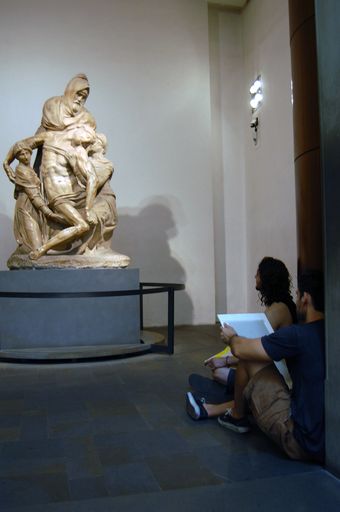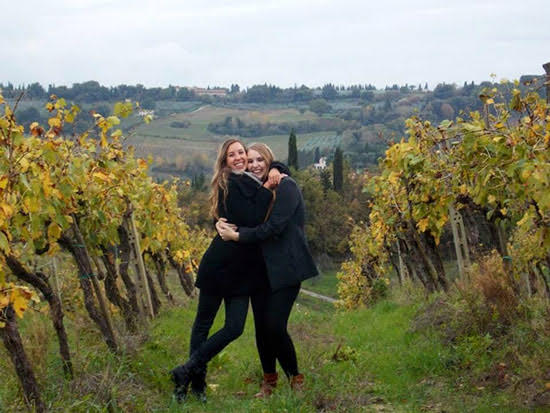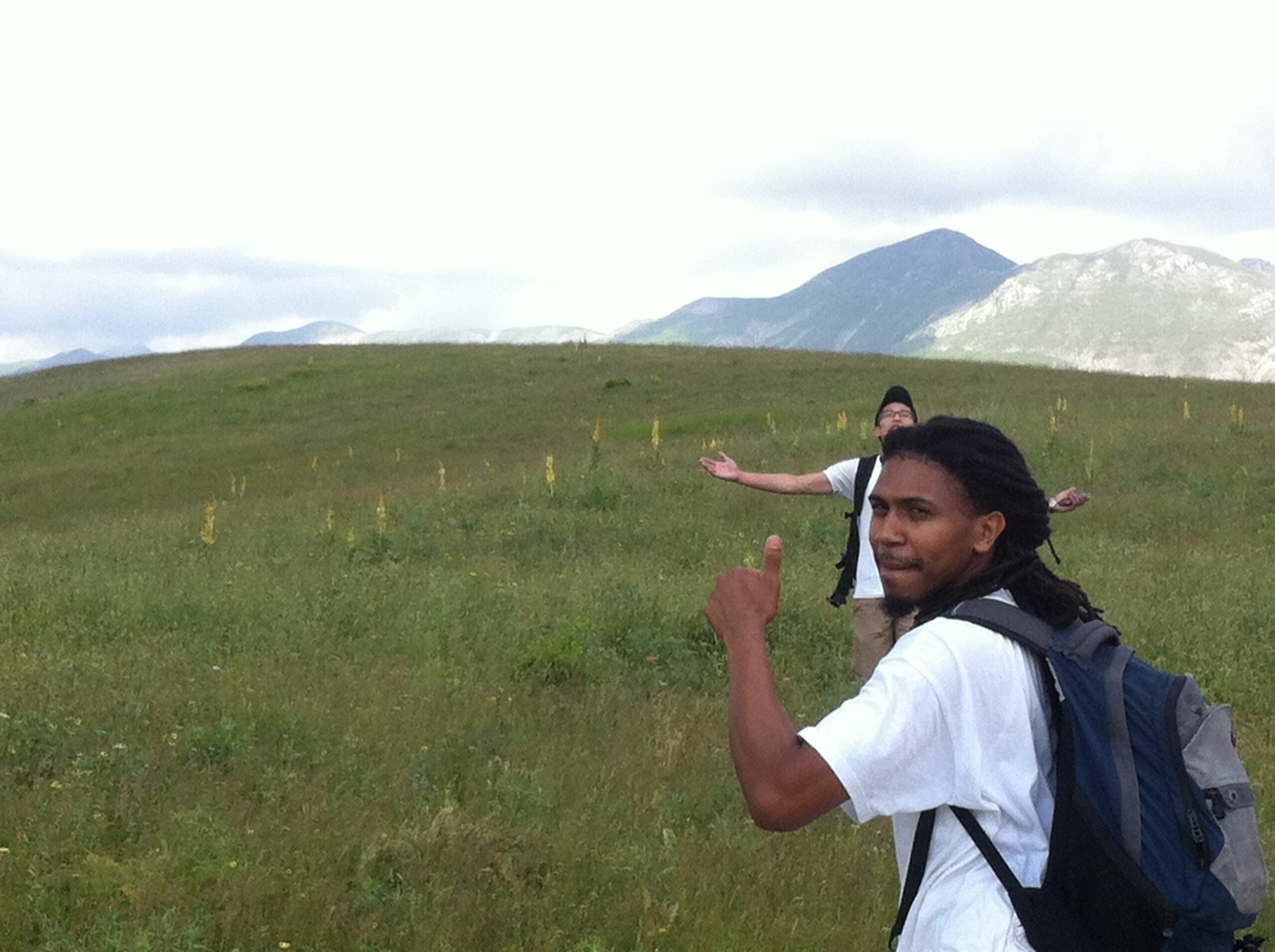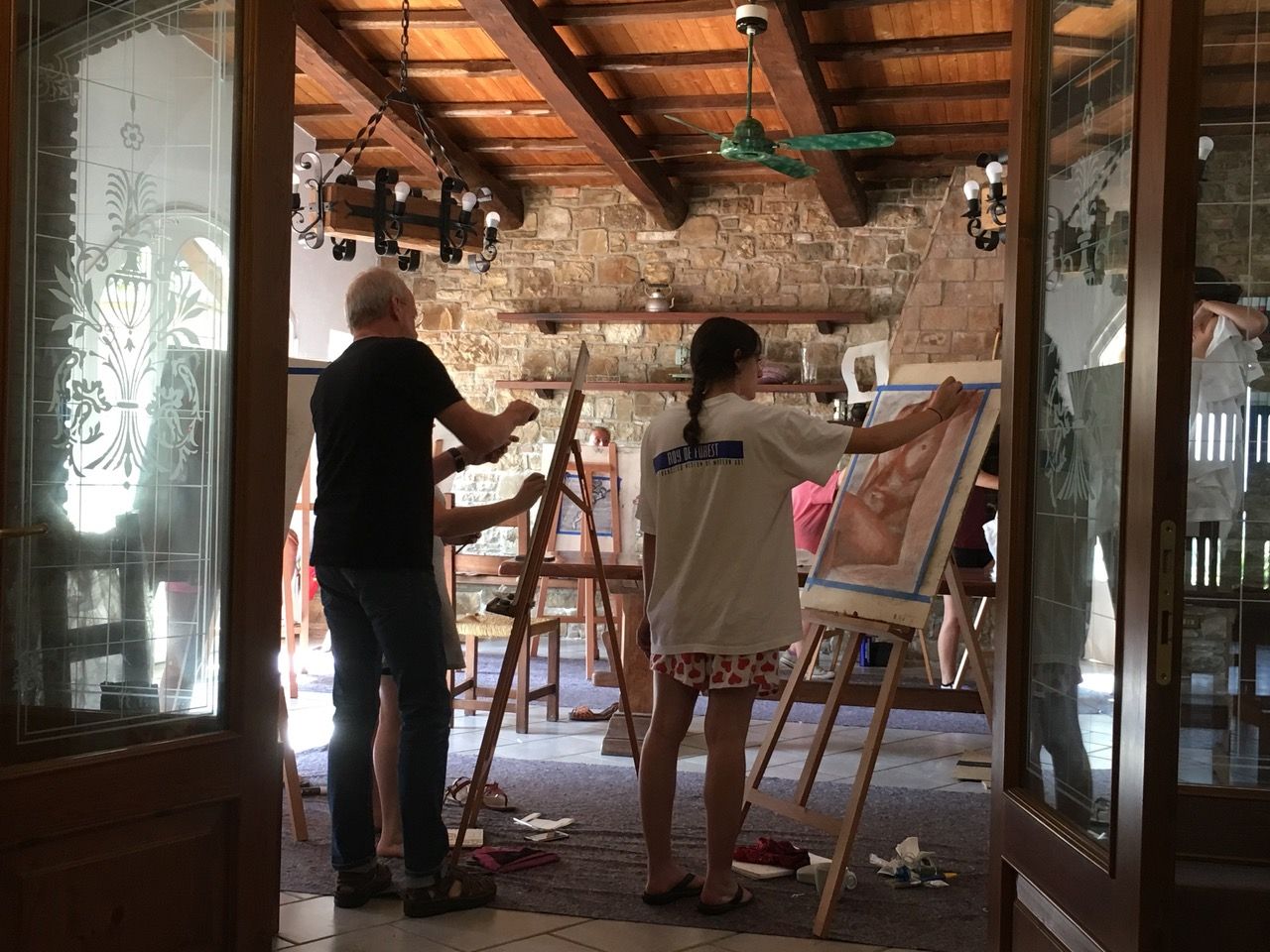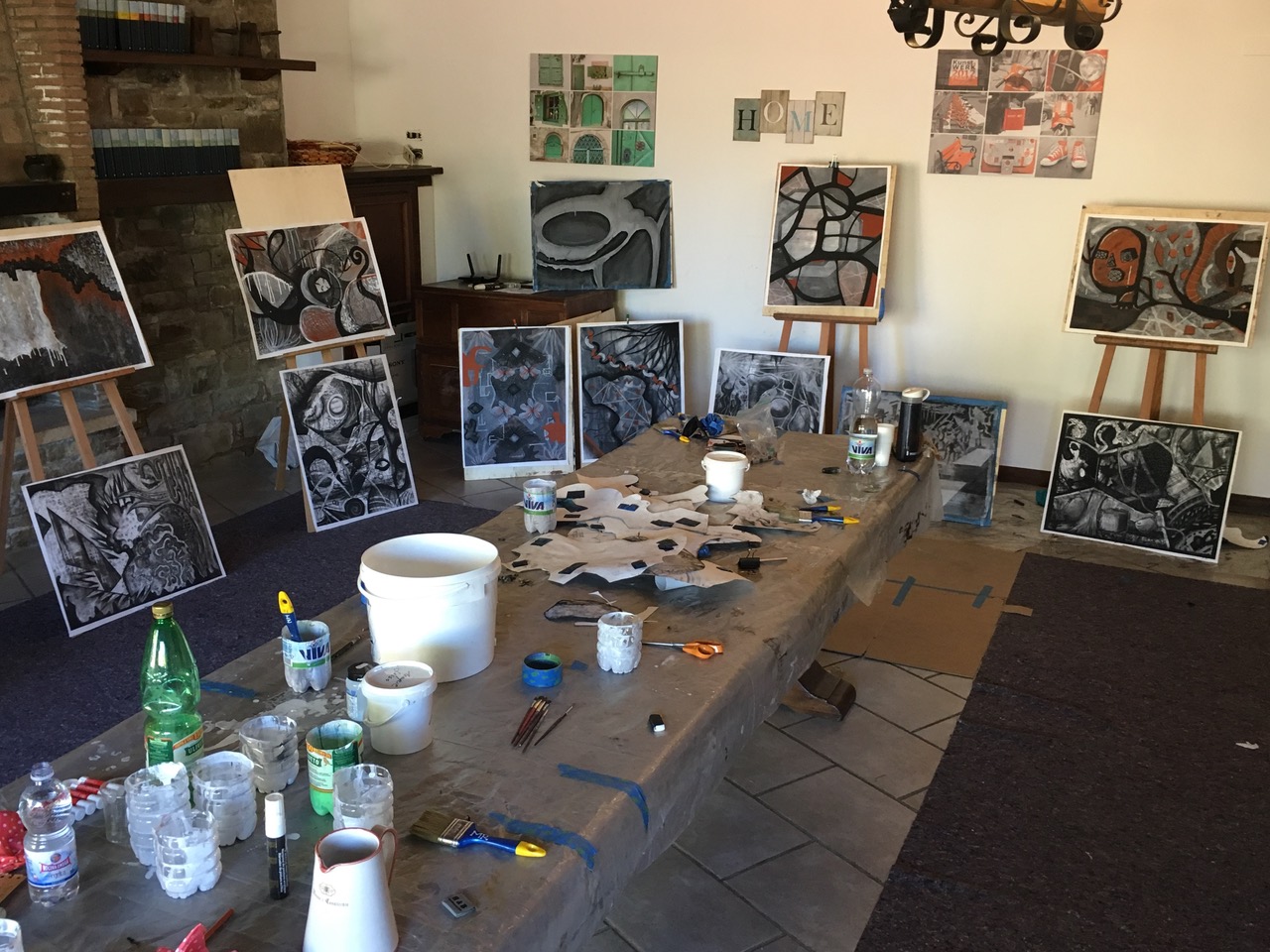Monte Castello is a traditional village. With fewer than 2000 inhabitants, including those living outside of the village in the surrounding countryside, the rhythm of daily life in Monte Castello goes on as it has for generations. The people of Monte Castello are friendly and helpful to students, and welcome them with open arms. It is a source of great civic pride that visitors come from all over the world to experience their little community. There is much in Monte Castello to interest visitors––with mountaintop cities such as Todi or Assisi perched nearby, panoramas of the of the Tiber River Valley and glimpses of the snowcapped Sybillini mountains in the distance, visitors have spectacular 360 degree views from any point in the town.
The city itself was built over the course of numerous civilizations. It is believed that the foundations of the village are Etruscan, and architectural remnants of their presence are still found in the soils around the village. The name itself bears witness to Roman civilization, (the "gens Vibia" family), as does the ancient bridge that crosses the Tiber below. The town one sees now however, is primarily Medieval and Renaissance, and in this, is almost perfectly preserved save for a few 18th c. additions, such as the lovely Teatro Concordia, the smallest theatre in Europe, which ICARTS uses for lectures and performances.
